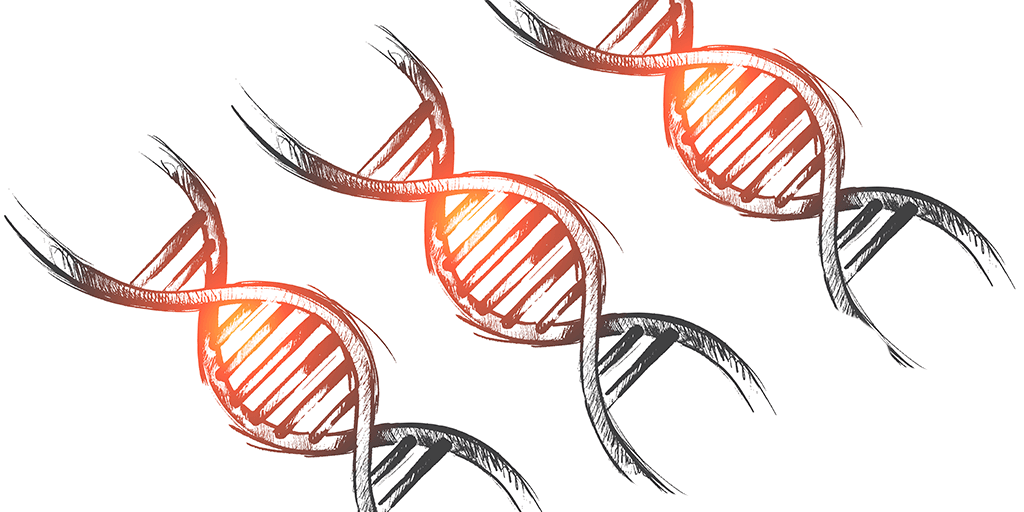A Non-Technical Look at Intelligent Design – Part IV

We are examining four examples of intelligent design drawn from the website intelligentdesign.org, “The theory of intelligent design holds that certain features of the universe and of living things are best explained by an intelligent cause, not an undirected process such as natural selection. Through the study and analysis of a system’s components, a design theorist is able to determine whether various natural structures are the product of chance, natural law, intelligent design, or some combination thereof. Such research is conducted by observing the types of information produced when intelligent agents act. Scientists then seek to find objects which have those same types of informational properties which we commonly know come from intelligence. Intelligent design has applied these scientific methods to detect design in irreducibly complex biological structures, the complex and specified information content in DNA, the life-sustaining physical architecture of the universe, and the geologically rapid origin of biological diversity in the fossil record during the Cambrian explosion approximately 530 million years ago.”[1]
The third example given is that “Intelligent design can be seen in the life-sustaining physical architecture of the universe.”
The Big Bang[2], says Dr. William Lane Craig, was not “a highly chaotic, stochastic [random] event” that destroyed anything in its path. Rather, he says, “it is much better understood as a ‘finely tuned expansion event,’ where all the matter and energy in the universe were expanding from an unimaginably high energy state. However, matching that energy was control and guidance through natural laws that were designed to produce a habitable universe, a home for life.”[3]
Scientists (not just those who support ID) have discovered a number of astonishing factors that make the precise size, shape and position of the earth suitable for life to exist. In fact, a book review on the American Scientist website concedes:
“There are aspects of the laws of physics themselves that seem puzzling when the origin of life is considered. A good example is Fred Hoyle’s discovery that stars very nearly fail to make carbon and that only a peculiar coincidence in excited energy levels permits this process to happen. More radically, cosmologists have established over the past decade that the energy density of the vacuum is not zero: Perfect emptiness still weighs something, impossible though that sounds. The energy density of the vacuum is tiny compared with the result of any attempt to predict it using particle physics, but this fact is a good thing: Galaxies, stars and planets would fail to form if the vacuum density were much higher than the observed level. This conclusion, which no scientist contests, sounds like intelligent design on the largest scale—the whole universe being carefully set up so that we could come into being. It seems as though, in Hoyle’s words, ‘a super intellect has monkeyed with physics.’ Could this be true?”[4]
It’s nearly impossible to cite the evidence ID advocates give for the fine tuning of the universe, so let me list just a few of the factors mentioned by Ralph Muncaster in his book Dismantling Evolution:
- The earth’s distance from sun: Too close, too hot for life. Too far, too cold.
- Sun’s location relative to center of galaxy: Too close to center, too close to meteor storms. Too far away, too unstable.
- Sun’s mass: Key to energy distribution to earth.
- Sun’s short-term and long-term luminosity variability: Must be in proper ranges for photosynthesis.
- Tilt of planetary axis: Necessary for seasons. All three forms of water (liquid, ice, and gas) are necessary to maximize life variables.
- Number of moons: Must have one moon for tidal forces, but more than one would create unbearable tidal instability.
- Ratio of oceans to continents: Must be correct to keep global temperature stable (land and water absorb heat at different rates).
- Position and mass of Jupiter relative to Earth: Jupiter’s gravity is critical to life on earth.
- Atmospheric transparence: Important both for rate of photosynthesis and degree of energy transfer (heat) to earth.
- Carbon dioxide level: Important for rate of vegetation stabilization.
- Oxygen level: Important for ozone protection and amount of breathable air for animals.[5]
Not exactly non-technical, but it gives you an idea. Again, if this is an area of particular interest to you, there are numerous books and websites that give far more technical information.
But let’s bottom line it. Dr. Craig says the universe “shows an astounding degree of fine-tuning. What all this shares is an incredible, astronomically precise, purposeful care and planning that went into the crafting of the laws and constants of the universe, gesturing unmistakably to intelligent design. As Nobel laureate in physics Charles Townes stated: ‘Intelligent design, as one sees it from a scientific point of view, seems to be quite real. This is a very special universe: it’s remarkable that it came out just this way. If the laws of physics weren’t just the way they are, we couldn’t be here at all. The sun couldn’t be there, the laws of gravity and nuclear laws and magnetic theory, quantum mechanics, and so on have to be just the way they are for us to be here.’”[6]
So is the universe the product of random chance, or does it show evidence of an intelligent designer?
Go Deeper
- Habermas Resurrection Package Offer
- The Ultimate Science Package
- The Most Asked Prophecy Questions – Updated 2021 – Book
- https://intelligentdesign.org/whatisid/, emphasis added. ↑
- The Big Bang theory states that “the universe as we know it started with an infinitely hot, infinitely dense singularity, then inflated… to the cosmos that we know today.” (https://www.space.com). While the concept is unpopular among many Christians, I think it’s a great way to describe what scientists would have seen had they been present at the moment of creation—a big bang! ↑
- Dr. William Lane Craig, “The Fine-Tuning of the Universe,” https://www.discovery.org/v/the-fine-tuning-of-the-universe/, emphasis added.↑
- John Peacock, review of Leonard Susskind, The Cosmic Landing: String Theory and the Illusion of Intelligent Design (Little, Brown, 2006), https://www.americanscientist.org/article/a-universe-tuned-for-life ↑
- Ralph Muncaster, Dismantling Evolution (Eugene, OR: Harvest House Publishers, 2003), pp. 213-214. ↑
- Craig, “The Fine-Tuning of the Universe,” https://www.discovery.org/v/the-fine-tuning-of-the-universe/. ↑








